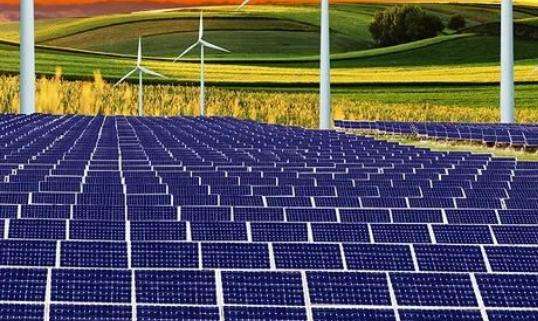How to make solar grade silicon
In the semiconductor industry, Siemens and Fluidized Bed Ractor (FBR) are mainly used to prepare high purity polysilicon materials. Siemens uses high purity SiHCl3 as raw material. and FBR and SiH4 are used as raw material. For solar-grade polysilicon, during the last 1980s, companies such as Bayer AG, Siemens, and Wacker have made considerable efforts to develop solar-grade polysilicon. However, because the efficiency and purity cannot meet the needs of high-efficiency solar cells, the situation is different. Compared with traditional battery production technology, it has not reduced the cost of battery components, thus failing to achieve industrialization.
Currently, the following processes for preparing solar grade polysilicon will experiencebreakthroughs in the coming years. Wacker Chemie uses high purity SiHCl3 and a fluidized bed process to prepare high purity granular polysilicon. The 2003 test production was 200 tons/year, and the annual production can reach 600 tons by 2006. The goal is for the price of polysilicon per kilogram to be less than 25 US dollars/kg. This solar grade polysilicon is only used for. supply the photovoltaic industry. Due to purity reasons, cannot be applied to semiconductor industry. Tokuyama also uses SiHCl3 as a raw material and uses a high-temperature, high-speed deposition process to deposit polysilicon on the substrate. Its production should be planned for 2006; German company Solar World and Degussa jointly announced the use of thermal decomposition of SiH4. The method for depositing polysilicon in cylinders ofheated silicon. Solar grade polysilicon is obtained by purification of silicon to prepare solar grade silicon. The main factors for large-scale production are polysilicon purity and production cost. price of materials; Crystal Systems in the United States uses a heat exchange furnace method to purify metallurgical grade silicon. The difficult-to-purify impurities B and P in quality silicon have been reduced to an ideal value. The US Renewable Energy Laboratory and Russian research institutes use metallurgical grade silicon powder and ethanol to react to prepare SiH4, and then thermally decompose the SiH4 to prepare high purity polysilicon. They are currently in the research phase.
At present, China's silicon materials industry has made great progress and is currently in a period of growth.rapid growth. 4, 5 and 6 inch silicon wafers can already meet the process requirements of 0.5 to 0.35 microns, and single wafers. high-end silicon wafers are 8-inch and 12-inch silicon wafers, most of which still need to be imported, and production is far from meeting domestic market demand
Domestic silicon wafers Silicon materials are all small and medium-sized enterprises, with small production scale, scattered enterprises and low quality products
Principles of solar cell production process? It is made from silicon wafer
(1) Quartz sand is melted and purified in an electric arc furnace to 98% and generates industrial silicon, the chemical reaction of which is SiO2 +C→Si+CO2↑
(2) In order to meet the needs of high purity, it needs to be further purified. Industrial silicon is pulverizedized and reacted with anhydrous hydrogen chloride (HCl) in a fluidized bed reactor to produce pseudo-dissolved trichlorosilane (SiHCl3). The chemical reaction Si+HCl→SiHCl3+H2↑The reaction temperature is 300 degrees and the reaction is exothermic. At the same time, a gas mixture (Н2, НСl, SiНСl3, SiCl4, Si) is formed.
(3) The gas mixture produced in the second stage must be further purified and decomposed: filter the silicon powder, condense SiНС13, SiC14 and the gases Н2, НС1 are returned to the reaction or discharged into the 'atmosphere. Then decompose the condensate SiНСl3, SiCl4 and purify the trichlorosilane (multi-stage distillation).
(4) Purified trichlorosilane uses a high temperature reduction process to reduce and deposit high purity SiHCl3 in an H2 atmosphere to generate polysilicon.
The chemical reaction is SiHCl3+H2→Si+HCl.
It starts right from unpacking, inspecting andpackaging silicon wafers, then removes oil stains and textures in the processing shop, diffuses and realizes the surface PN junctions, then detects them, etches the peripheral PN? Junctions and after random testing and secondary cleaning, the surface anti-reflection layer, printed back electrode, back electric field and front electrode are prepared in the surface treatment workshop, then sintered at high temperature and finally stored after passing inspection. in the test workshop.














